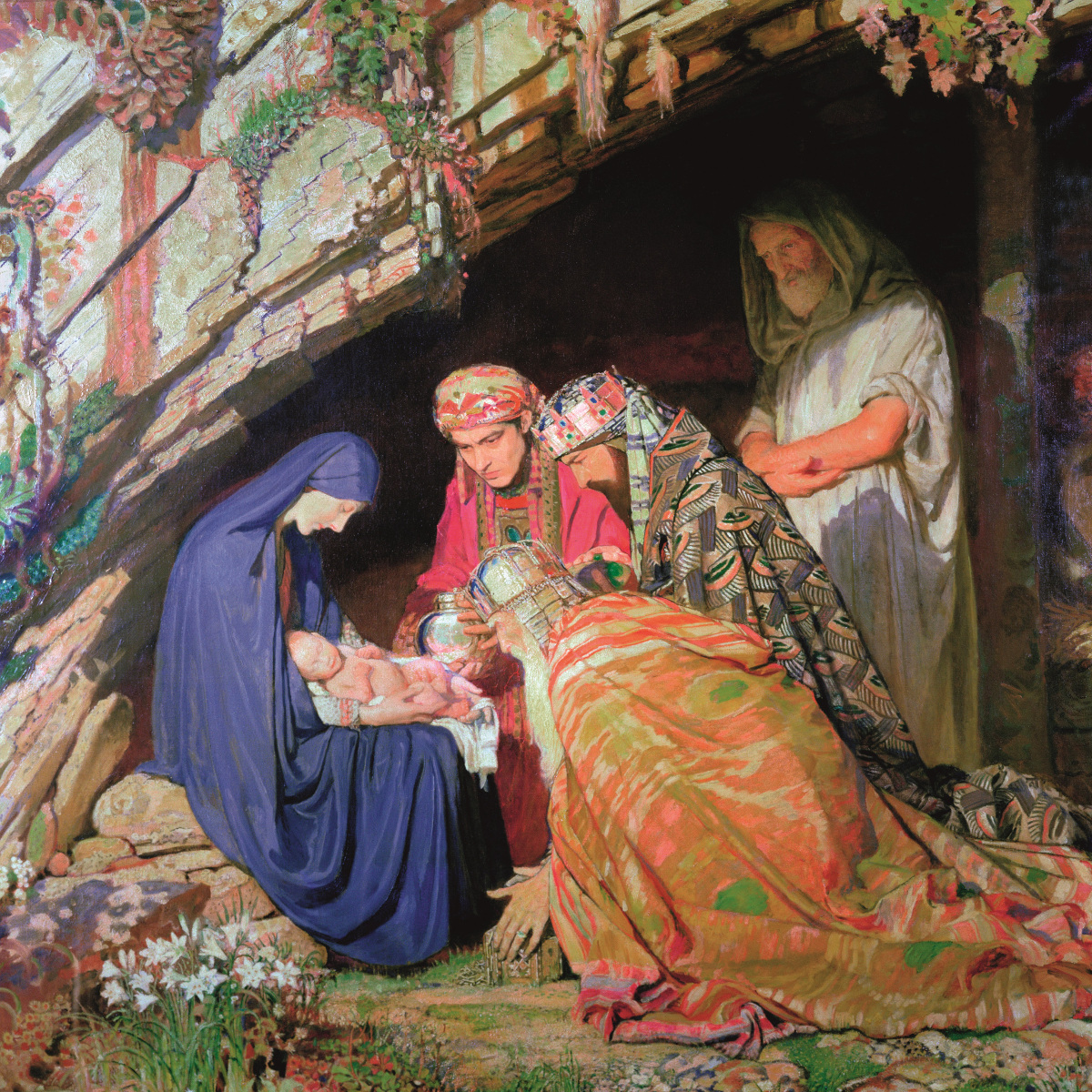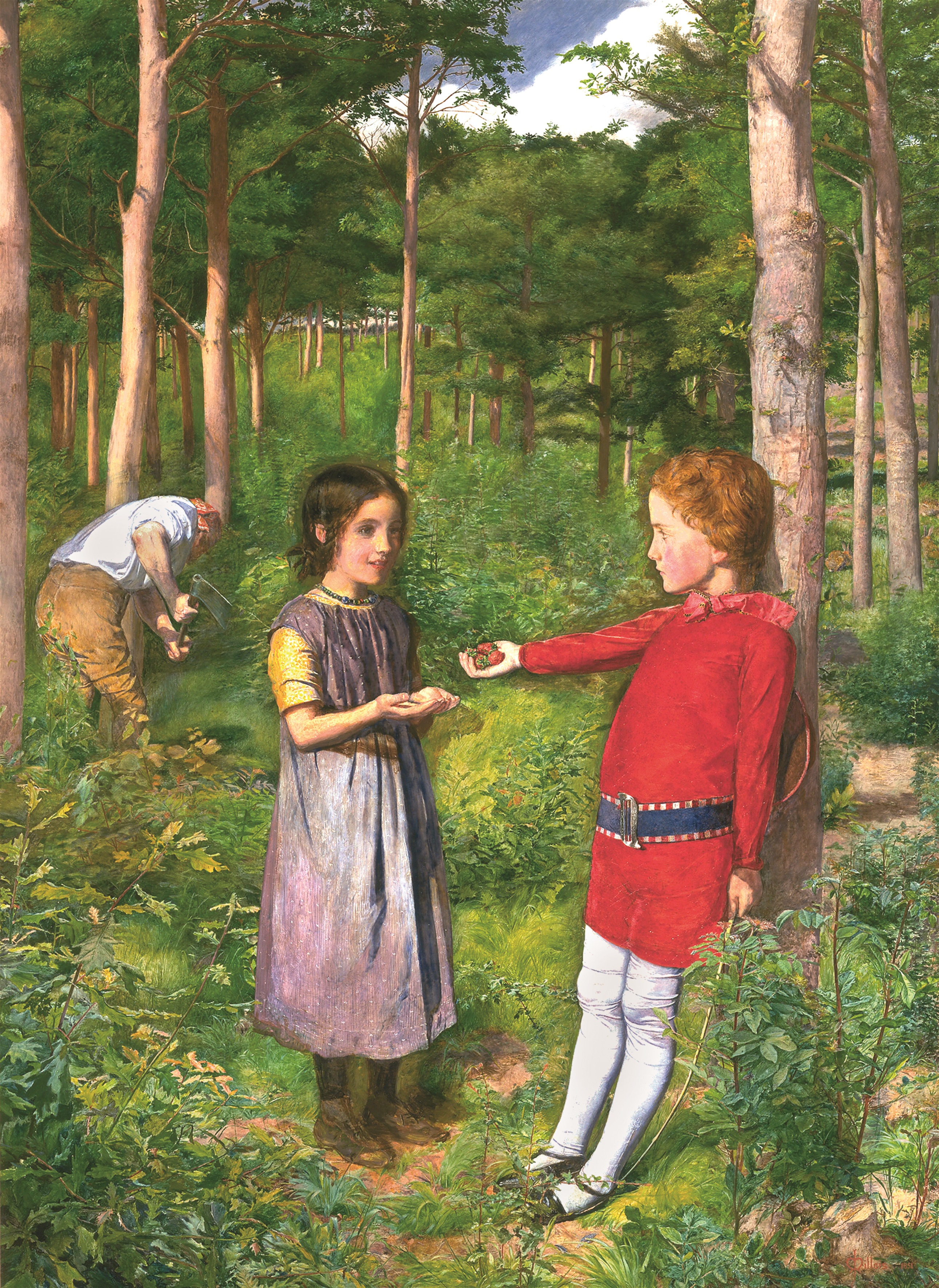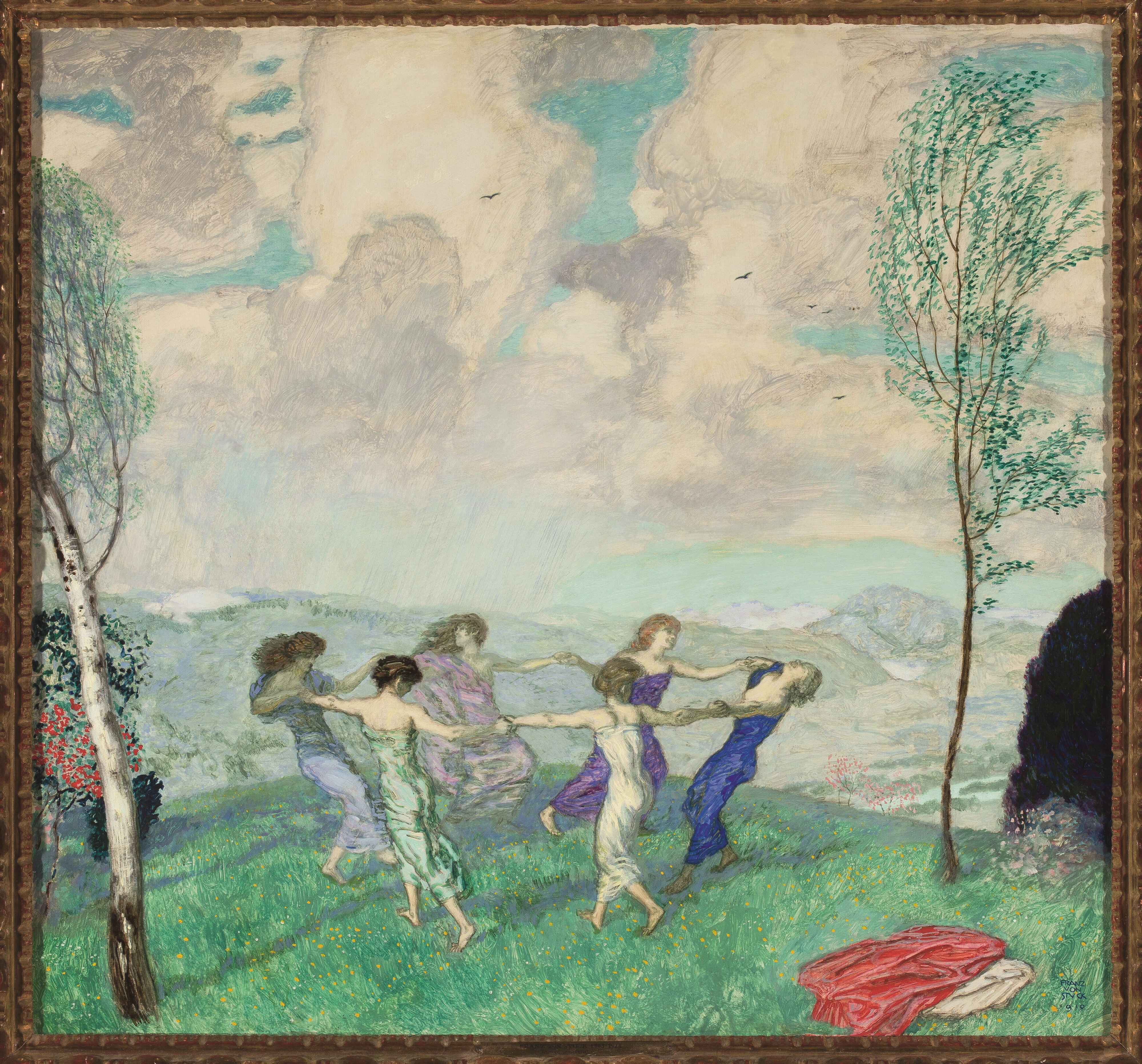Charles Burton Barber, A special defender1893, Olio su tela, Touchstones Rochdale, Rochdale Arts & Heritage Service
The occasion is offered by the exhibition Together ongoing until July 18 at Casa Cavazzini, born from the collaboration between the Municipality of Udine and the cultural association Committee of San Floriano di Illegio.
The second initiative in the Udine Grandi Mostre series is a journey that embraces over 55 works – including two sculptures – created between 1851 and 1992, from the painting by John Everett Millais to the bronze sculpture by Giuliano Vangi.
The public is invited to taste different languages and seasons of art, between modern and contemporary, which harmonize with the very soul of the Friulian city’s museum of modern and contemporary art.
Set up in nine rooms on the second floor of Casa Cavazzini, this itinerary embraces works on loan from Italian and foreign museums and collections and sees the collaboration, among others, of the Belvedere in Vienna, the Petit Palais and the Musée Carnavalet in Paris, Palazzo Pitti in Florence, the MART in Rovereto, the Royal Academy of Arts in London and the Teatre Museu Dalí in Figueres.
Franz von Stuck, Roundabout, 1910, Tempera on wood, Warsaw, Muzeum Narodowe
At the center of the choices made by the curator of the exhibition is the articulated theme of human relationships. The works of the Divisionist masters dialogue with the Pre-Raphaelites and with the works of Realism with a verist stamp. To represent abstract art one name above all: Vassily Kandinsky.
“Kandinsky – explains Don Alessio Geretti, curator of the exhibition – is entrusted with the task of giving direction. His painting Red in pointed shape of 1925 he puts the shapes on canvas: a circle, a triangle, in a square with a clear distinction of colors. These are the months in which the artist in Dessau, where the Bauhaus was based, feels the Gestapo breathing down his neck. A group of violent people destroys fifteen centuries of culture. Kandinsky wants to react to the violence that surrounds him and does so with a coded language, where colors have meaning: red for passion, yellow for clarity of the intellect, blue for the depth of the soul, black to symbolize that which swallows everything , just as white is the possibility of everything. The red triangle points towards the yellow square, as if to say that we must passionately pursue towards the clarity of intelligence, resisting the ineptitude of people who by lightness, choice or ignorance go towards the black abyss”.

George Spencer Watson, I tre re Magi, 1910-1930, Olio su tela, Touchstones Rochdale, Rochdale Arts & Heritage Service
The mirror image recurs at two crucial points, at the beginning and at the end of the exposition. Salvador Dalí welcomes visitors with the painting Dalí seen from behind while painting Gala seen from behind. The artist ideally quotes Velázquez, portraying Gala and himself in an interweaving of questions, nostalgia, profound knowledge and inevitable ignorance, poignant love and fatal elusiveness. Art, it seems to tell us, shows what we can see and makes us see even more acutely what we cannot yet see.
Closing the path is another mirror, this time by Pistoletto, an evident autobiographical reference. After seeing an exhibition by Francis Bacon, which had strongly impressed him, the artist decides to withdraw, using a reflective material as a base, crouched backwards: it is difficult for the observer who is mirrored to get him out of the isolation in which he is put in order.
Yet the last word belongs to the joyful Roundabout painted by Franz von Stuck, often gloomy in his works, but this time extraordinarily luminous, almost a passionate witness of the human hope of finding the way to a possible harmony with everyone and everything.
There are numerous works on display that envelop and welcome the visitor, but the sense of loneliness and conflict that emerges is also marked. André Victor Edouard Devambez, frequenter of the taverns of Montmartre, portrays The misunderstood (1904): the cursed poet Paul Verlaine is caught in despondency, alone in the din and rampant superficiality. In front of him, Monet’s former model who gave shape and inspiration to the Olympia is portrayed as an old woman, but still an art expert: in her hands she holds a magazine of the sector. As if to say that those who frequent the depths of the soul and the heights of art risk feeling alone.

John Everett Millais, The Lumberjack’s Daughter, 1851, Oil on canvas, London, City of London, Guildhall Art Gallery
A pointillist portrait of Garibaldi, by Plinio Nomellini, also stands out in the itinerary, where the hero, immersed in the colors of the tricolor, highly celebrated and noble in his attitude, seems to remember that to build alliances and convergences one must fight.
And here are the fairy tales as Charles Burton Barber illustrates us in A special defenderthe portrait of a child in punishment while the Collie tries to soften the parents so that they eliminate the punishment which, in this case, consists of standing in a corner, deprived of any relationship.
A nucleus of works dedicated to the relationship with heaven that describe the presence of God and his atrocious silence could not be missing. To George Spencer Watson ne I tre re Magi the task of giving shape to the son of God is entrusted who, with his small naked and almost abandoned body, in his disarming simplicity, steals the eyes and heart from the hieratic elegance of the three Magi. Like actors, all the works displayed in the exhibition transform the rooms of Casa Cavazzini into an intense theatrical drama dedicated to the human condition, in particular to those ties that make us live, to the passion with which we try to overcome loneliness and distances.
![]() Read also:
Read also:
• Together
